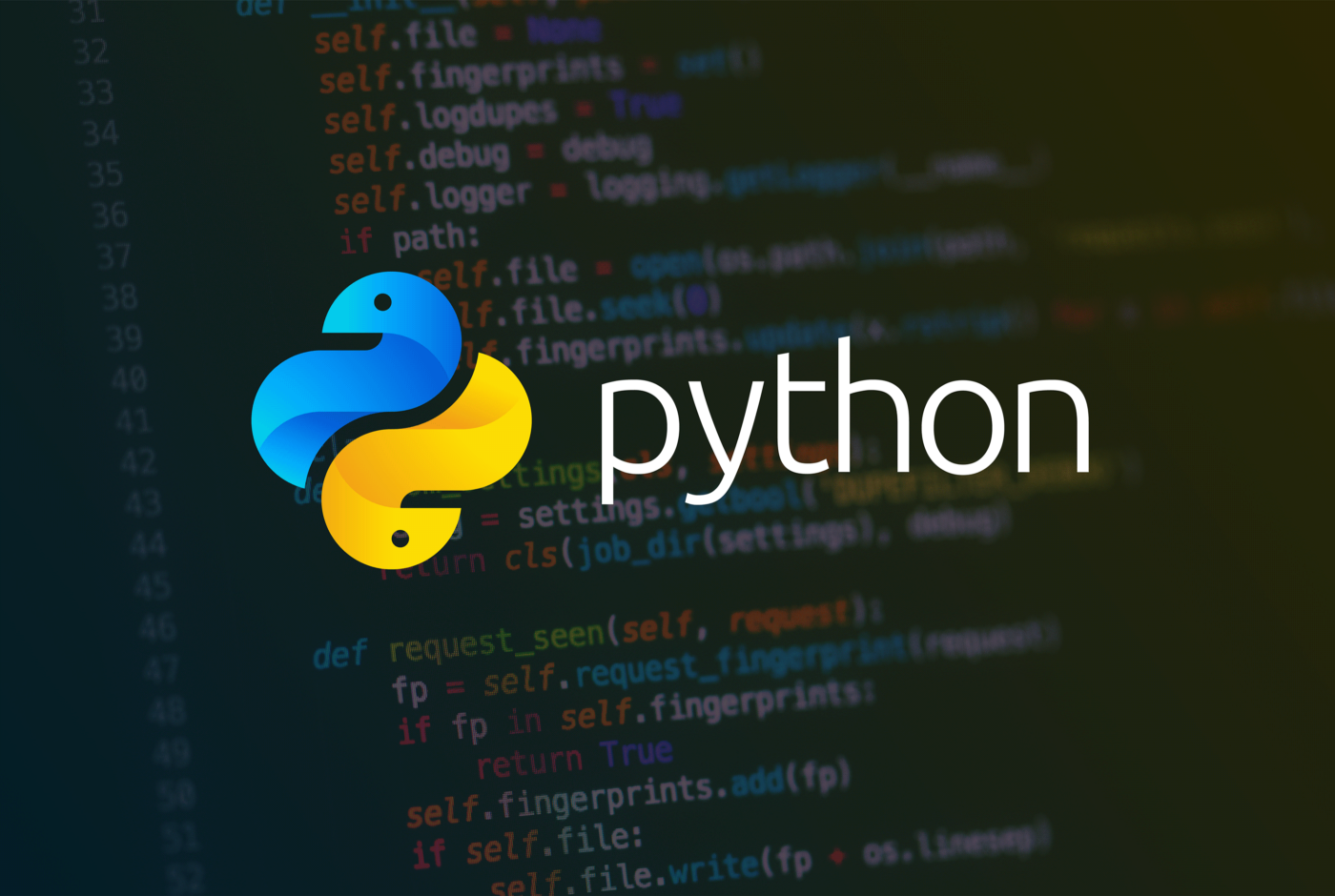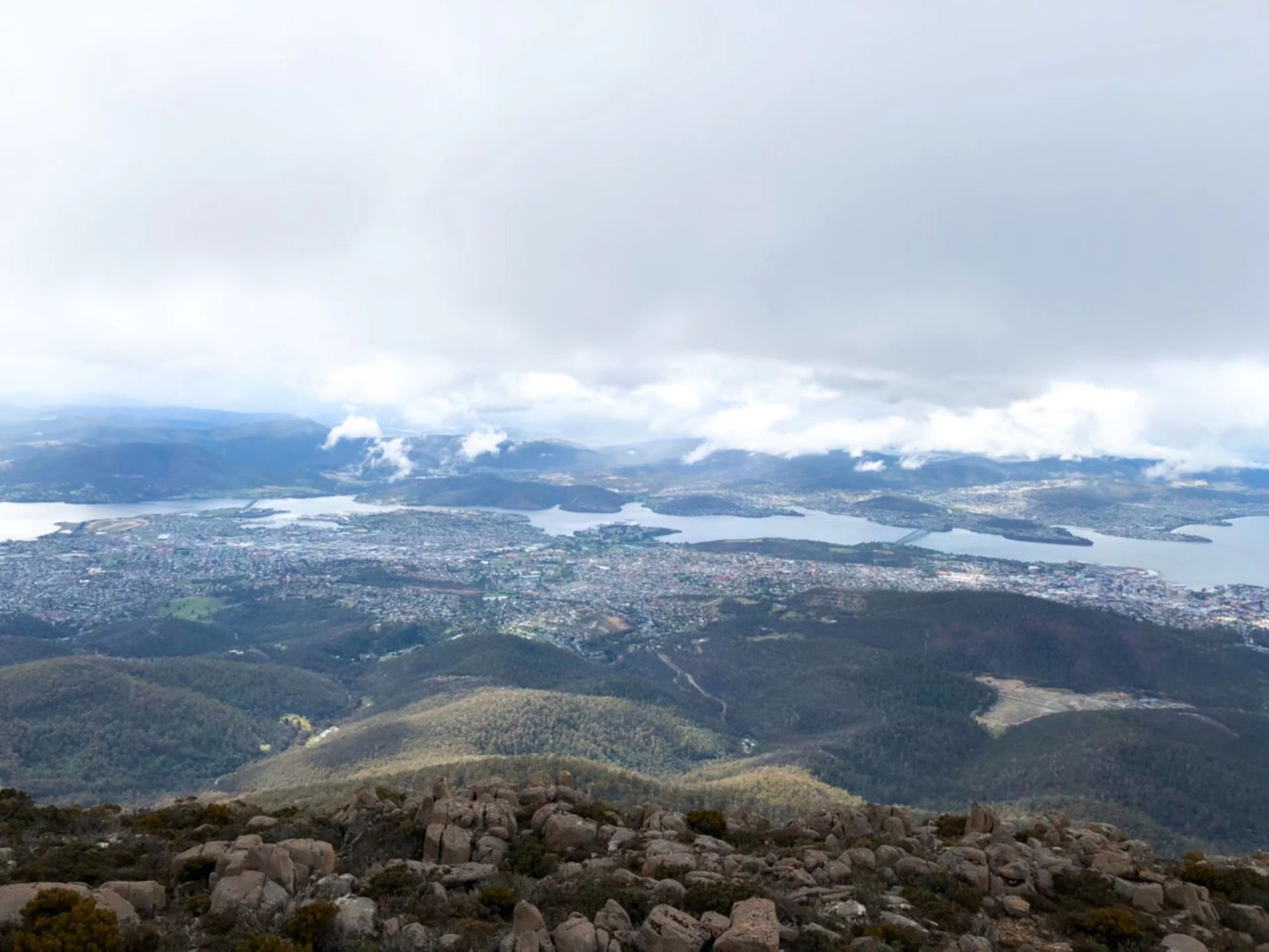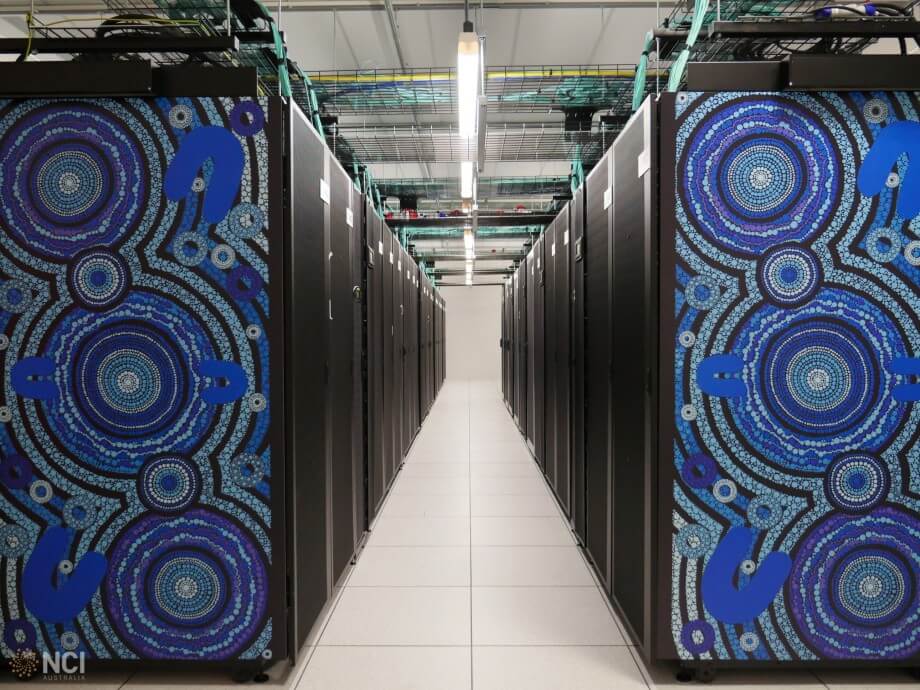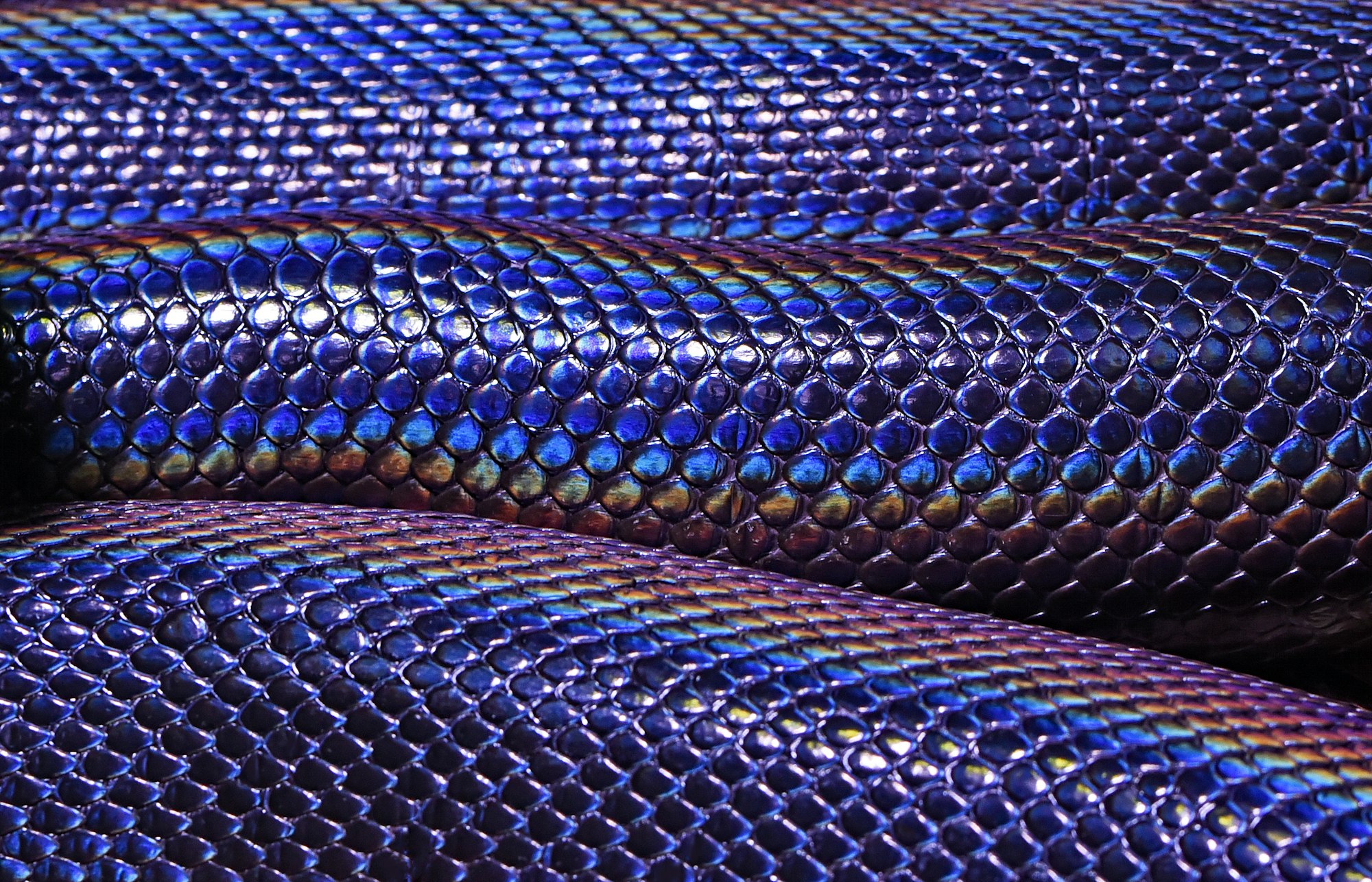
We mark January 17, 1994 (the day better known for the Northridge Earthquake) as the birthday of the CITCOM family of codes. I was shaken awake early in the morning, and spent the rest of the day nervously waiting for the next aftershock while I checked that the code was really solving all the test problems quickly and accurately.








